Osteopenia Diet: Complete Guide To Strengthen Bones Naturally
Use the diet to its full potential by knowing what to eat and making lifestyle changes.

Image: Istock
One’s bone strength and density tend to decrease with progressing age. This decline usually starts from the age of 30 (especially in females), leading to a condition called osteopenia. However, following an osteopenia diet that includes foods to promote bone strength and density can help one manage or even prevent this condition. The bones of a female are thinner than a male. With progressing age, health conditions, sedentary lifestyle, hormonal changes, and food habits, the risk of developing osteopenia in females is higher compared to males (1). Though this condition does not have any associated pain, osteopenia may increase the risk of osteoporosisi A condition more common in old age in which bones become brittle and weak to the extent that they are easily fractured. (2). A survey conducted on 8,704 US adults found that low bone mass prevalence was 50.3% among women aged 50-64 which was higher compared to men aged 50-64 years with 27.5%. The prevalence of osteoporosis was also noted more commonly in women and has increased in past years. So it is very important to indulge in an osteopenia diet to increase bone strength.
A balanced diet and regular exercise regime can help minimize the risk of osteopenia. Read on to get a diet plan and exercise routine, and learn about the lifestyle changes you should adopt to combat osteopenia.
 At A Glance: Osteopenia Diet
At A Glance: Osteopenia Diet- Principle: Diet rich in calcium, vitamin D, magnesium, and other nutrients that help maintain bone health
- Purpose: To support and improve bone health in individuals diagnosed with osteopenia
- Who It Is For: Individuals with osteopenia or those at risk
- Duration: Long-term
- Who Should Avoid: Individuals taking Warfarin and pregnant or breastfeeding individuals
- Cons: May cause constipation, bloating, gas, diarrhea, and nutritional deficiencies.
In This Article
Osteopenia Diet
- How Diet Affects Osteopenia
- Osteopenia Sample Diet Plan
- Foods To Eat
- Foods To Avoid
- Does The Osteopenia Diet Work? What Eleana Kaidanian, RD, Says
- Osteopenia Diet Recipe
- Role Of Exercise
- Lifestyle
- Benefits Of Osteopenia Diet
- Dos & Don’ts
How Diet Affects Osteopenia
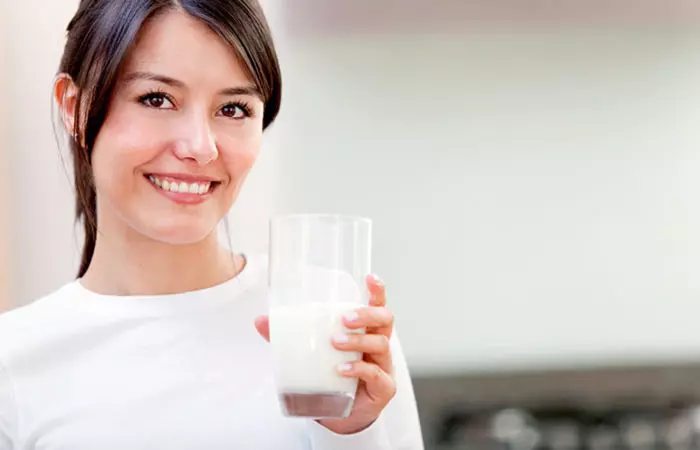
Osteopenia is the stage just before osteoporosis sets in. It is not a disease. How a person falls prey to osteopenia is largely determined by the food. Consuming a diet rich in calcium and Vitamin D, performing weight-bearing exercises to strengthen the muscles and bones, and avoiding foods that interfere with the absorption of calcium will improve bone density (3), (4).

According to health experts, over the last century, people have switched from vegetables, dairy products, foods rich in fiber, and fruits to more meats, grains, and processed foods. This shift has limited the available calcium and other bone-building minerals and nutrients that are essential for bone health.
Dale Darley, a blogger, shares a diet that helped manager her osteoporosis. She writes, “I choose to not take painkillers instead I chose an anti-inflammatory diet and getting better hydrated (at a cellular level).” She further adds, “You may be gluten, dairy, grain, meat, nightshade, alcohol and sugar-free. Your diet should always support you (i).”
Osteopenia Sample Diet Plan

| Early Morning | 1 glass warm water with 1 tablespoon honey |
| Breakfast | Options:
|
| Lunch | Options:
|
| Post Lunch | 1 cup yogurt |
| Evening Snack | 4 almonds and calcium-fortified orange juice |
| Dinner | Options:
|
| Bed Time | 1 glass of warm milk |
Why This Works
The foods listed in the diet chart are rich in calcium, vitamin D, Vitamin K, and other micronutrients.
Ideally, it would help if you stick to home-cooked foods. A glass of milk before bed will not only prevent osteopenia but also ensure sound sleep.
Foods To Eat
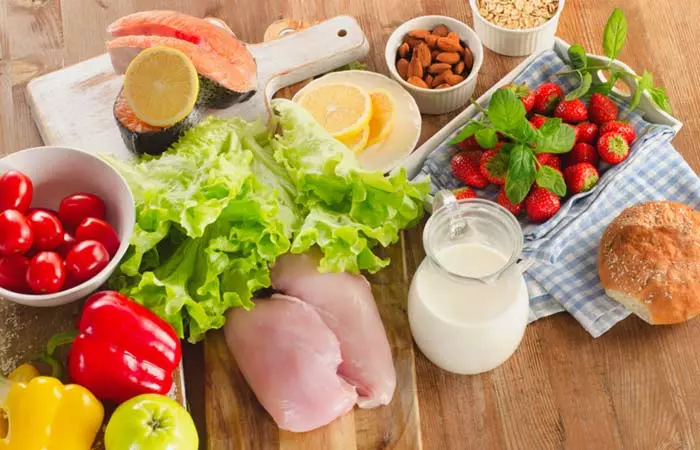
Our daily intake of food can be categorized into alkaline and acidic.
The following foods may reverse bone loss and help calcium absorption in the bones (5):
- Sardines with bones
- Low-fat yogurt (I didn’t want to get atherosclerosisi The hardening and narrowing of artery walls due to fat and cholesterol buildup, causing obstruction of blood flow. with high-fat!)
- Tofu processed with calcium salts
- Milk (go for soy milk if you are lactose intolerant)
- Ricotta cheese
- Collard greens
- Almonds
- Dried figs
- Pinto beans
- Navy beans
- Orange juice fortified with calcium
- Broccoli
- Turnip greens
- Kale
- Spinach
Incorporating these foods for strong bones and muscles into your diet, along with adequate Vitamin D, can help maintain and improve your bone health. Vitamin D improves the efficiency of calcium absorption by your body, thereby ensuring you get all the bone health-boosting goodness from these foods. You can get sufficient Vitamin D from sunlight and foods rich in the sunshine vitamin (6). Spend at least 10 minutes in the sun with most of your skin exposed, mostly in the early hours of mornings to help your body synthesize Vitamin D. This is where outdoor activities help. During winters, consume Vitamin D-enriched foods to ensure your body doesn’t suffer a deficiency. Including cheese, egg yolks, orange juice, and cereals fortified with Vitamin D in your diet should do.
 Quick Tip
Quick TipFoods To Avoid

When I made my osteopenia diet chart, I made it a point to exclude foods that interfered with the absorption of calcium. Phytatesi A substance found in plants, especially in cereal grains that can reduce the absorption of nutrients like iron and zinc by the body. and oxalatesi A naturally occurring compound capable of forming insoluble salt with calcium, affecting the absorption of nutrients by the body. have the potential to do this, so I ensured that I did not mix such food items with calcium-rich food. For instance, I usually eat only cheese and never with beans or spinach, as it is an oxalate.
Spinach, sweet potatoes, and beans have oxalates, while whole wheat bran, nuts, and beans are high in phytates (7), (8), (9). A good low oxalate diet ensures the body absorbs calcium smoothly to support improved bone density. I also stopped having coffee and sodas as they contain caffeine that impedes calcium absorption. Drink coffee outside of mealtimes by 1 hr. For example, eat breakfast, wait for an hour and then drink coffee.
Does The Osteopenia Diet Work? What Eleana Kaidanian, RD, Says
Eleana Kaidanian, RD, CDN, CPT-WFS, says, “The osteopenia diet is recommended for anyone looking to boost bone health or has a diagnosis of osteopenia or osteoporosis. This diet is rich in calcium and vitamin D as well as calcium helpers, such as vitamin K, for maximum absorption. This diet also stresses the importance of lifestyle change, such as the incorporation of resistance exercise as a bone strengthener. I advise this diet for many of my clients who are interested in supporting their bone health.”
 Trivia
TriviaOsteopenia Diet Recipe
Grilled Sardines With Veggies
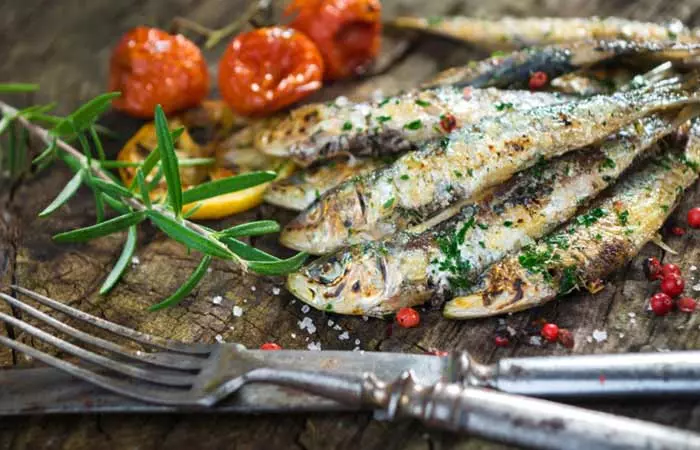
What You Need
- 2 sardines, washed, scaled, and gutted
- 1/2 red onion
- 2 garlic cloves
- 2 lemon wedges
- 1/2 teaspoon chili flakes
- 1 sprig of rosemary
- 4 tomato wedges
- 4 asparagus tips
- 2 tablespoons olive oil
- Salt and pepper
How To Cook
- Slice the red onions and asparagus tips.
- Add salt, pepper, and a little olive oil to the sardines and let them marinate for 10 minutes.
- Fire the grill and grill the fish for about a minute on each side.
- Add about half tablespoon olive oil to the veggies and rosemary sprig, season well and grill for about 1-2 minutes (except the garlic cloves).
- Chop the garlic cloves finely and fry.
- Plate the veggies first, then add the sardines and lastly place the rosemary sprig on top.
- Sprinkle chili flakes, fried garlic, and squeeze the juice on one lemon wedge on top. Keep the other lemon wedge on the side.
- Serve hot.
Role Of Exercise
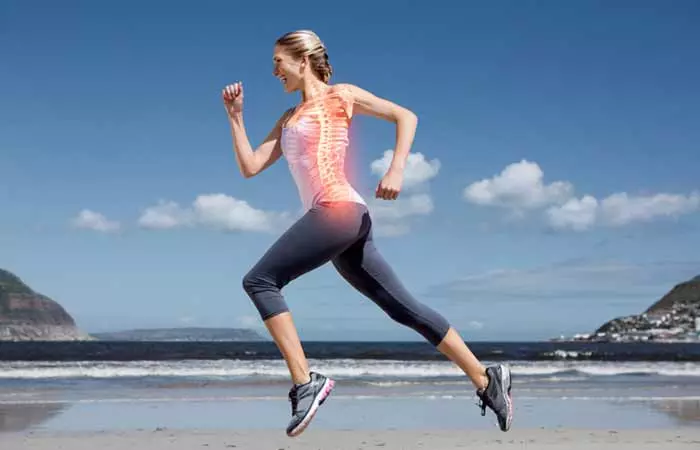
Osteopenia leads to decreased bone mass, which may cause osteoporosis if a proper diet and exercise routine is not followed. If you are diagnosed with osteopenia, consult a fitness expert to know how to train your bones to build bone mass without getting injured. The best exercises to increase bone mass and strengthen your bones are running, walking, running up the stairs, weight-bearing exercises, biking, squats with weight, push-ups, and yoga.
For people with osteopenia, resistance training can help enhance bone density and muscle strength, which is particularly crucial for preventing inflammation, fractures, and other injuries.
Lifestyle

Stay Active
Staying active is the key to keeping ill health at bay. Working out regularly can up your metabolism ratei The amount of energy required and expended by an organism at a given period that is crucial for its body functioning. , which in turn keeps a check on your overall health. This way, you can avoid heart disease, weak muscles, and bones, eye problems, skin disorders, digestion problems, etc.
Eat Healthy
You make your body happy when you eat healthily and provide it with an adequate amount of vitamins, minerals, carbs, proteins, and fats. The body responds likewise and makes you feel more energetic. Concentration improves, you will lose extra fat and also develop good immunity. Follow the whole foods diet and eat green leafy vegetables and protein and limit your intake of processed foods.
Avoid Stress
Stress leads to the formation of harmful oxygen radicalsi An unstable molecule that contains oxygen and reacts easily with the other molecules in a cell causing cell damage. . Oxygen radicals cause damage to proteins, fats, and the DNA. Therefore stress may trigger a host of health problems that will make you weak. Avoid stressful situations. Listen to your favorite song, join a hobby class and get some me time — these small changes can go a long way in helping you de-stress.
Get Good Sleep
After all the workouts for your bone strength, your body deserves some rest. Get at least 7 hours of sleep to keep your body going.
Benefits Of Osteopenia Diet
Here is how the Osteopenia diet works for your health.
- Helps to build bone mass and strengthen bones
Vitamins D and K are both important for maintaining strong bones and good heart health. Vitamin D helps your body produce proteins that need vitamin K to work properly. Research shows that having enough of both vitamins can improve bone and cardiovascular health (10). A diet that includes these vitamins can support bone mass and overall bone strength, helping to manage conditions like osteopenia.
- Improves immunity
Vitamin D is essential for a strong immune system and can help reduce inflammation. Immune cells in the body use vitamin D, which helps fight infections and lower inflammation linked to diseases like rheumatoid arthritis (11). For those with osteopenia, eating foods rich in vitamin D can support bone health by improving immunity and managing inflammation.
Dos & Don’ts
| Dos | Don’ts |
| Eat foods rich in calcium and vitamin D. | Do not eat processed foods. |
| Exercise regularly. | Do not become a victim of a sedentary lifestyle. |
| Get sun exposure every day for at least 10 minutes in the mornings. | Don’t stay awake till late at night. |
| Consult your doctor before following this diet plan. | Do not over-strain yourself. |
Key Takeaways
- Osteopenia is a low bone density condition, which takes place just before osteoporosis sets in.
- Osteopenia diet may help build bone mass and strengthen bones and enhance immunity.
- Eat foods that are loaded with calcium, Vitamin D.
- Perform weight-bearing exercises to strengthen the muscles and bones.
- Avoid foods that can prevent calcium absorption in your body.
Infographic: Who Are At A Higher Risk Of Osteopenia?
While there are no symptoms of osteopenia, and it may be hard to diagnose early, there are few groups who seem to be more susceptible to low bone density. Check out the infographic below to understand who could be more at risk and what precautions can help you prevent this condition from worsening.
Some thing wrong with infographic shortcode. please verify shortcode syntax
Osteopenia, characterized by low bone mineral density, can progress to osteoporosis if handled poorly. Following a balanced osteopenia diet that is rich in calcium, vitamin D, and vitamin K and exercising regularly are the most fundamental things you should do. Vitamin D is essential for the body to absorb calcium, so getting some sun exposure every day can be helpful. Otherwise, you can opt for vitamin D-rich foods like cheese and orange juice. Also, foods like beans, spinach, whole white bran, and sweet potatoes tend to tinker with calcium absorption, so avoid them. Most importantly, a glass of milk every day before going to bed can do wonders for your bones.
Cheers!
Frequently Asked Questions
How much calcium and vitamin D should someone with osteopenia aim to consume each day?
Osteopenia patients should consume 800 to 1000 IU (international units) of vitamin D and 1200 mg of calcium per day (3).
Are there any dietary supplements that can help manage or prevent osteopenia?
Yes, calcium supplements like calcium carbonate and calcium citrate can help manage or prevent osteopenia along with the intake of calcium-rich foods like milk and cheese (3).
How can I ensure that I am getting enough calcium in my diet, and what are some non-dairy sources of this mineral?
Make sure to consume 1000 mg of calcium daily to get an adequate amount of calcium in your diet. One can consume non-dairy products such as fortified oat milk, tofu, kale, almonds, beans, and broccoli to meet their daily calcium intake.
What is the best calcium to take for osteopenia?
Taking calcium citrate and calcium carbonate can help manage the symptoms of osteopenia and reduce the risk of osteoporosis. Consult your doctor on the dosage of these supplements before you start.
Some thing wrong with illustration image shortcode. please verify shortcode syntaxLearn how to fight osteoporosis with foods rich in calcium, magnesium, and vitamin D. Watch this video to discover the best foods for you to stay strong and healthy.
Personal Experience: Source
StyleCraze's articles are interwoven with authentic personal narratives that provide depth and resonance to our content. Below are the sources of the personal accounts referenced in this article.
i. My osteoporosis story — what’s yours?https://daledarley.medium.com/my-osteoporosis-story-whats-yours-ad04be184a84
References
Articles on StyleCraze are backed by verified information from peer-reviewed and academic research papers, reputed organizations, research institutions, and medical associations to ensure accuracy and relevance. Read our editorial policy to learn more.
- Physical activity and lifestyle effects on bone mineral density among young adults: sociodemographic and biochemical analysis
https://www.ncbi.nlm.nih.gov/pmc/articles/PMC4540860/ - An overview and management of osteoporosis
https://www.ncbi.nlm.nih.gov/pmc/articles/PMC5335887/ - The use of calcium and vitamin D in the management of osteoporosis
https://www.ncbi.nlm.nih.gov/pmc/articles/PMC2621390/ - The Effectiveness of Physical Exercise on Bone Density in Osteoporotic Patients
https://www.ncbi.nlm.nih.gov/pmc/articles/PMC6323511/ - Nutrients and Dietary Patterns Related to Osteoporosis
https://www.ncbi.nlm.nih.gov/pmc/articles/PMC7400143/ - Vitamin D: The “sunshine” vitamin
https://www.ncbi.nlm.nih.gov/pmc/articles/PMC3356951/ - Is There Such a Thing as “Anti-Nutrients”? A Narrative Review of Perceived Problematic Plant Compounds
https://www.ncbi.nlm.nih.gov/pmc/articles/PMC7600777/ - The phytate and mineral content of some cereals cereal products legumes legume products snack bars and nuts available in New Zealand
https://pubmed.ncbi.nlm.nih.gov/24254357/ - Dietary fibre and phytate; a balancing act. Results from 3 time points in a British Birth Cohort
https://www.ncbi.nlm.nih.gov/pmc/articles/PMC2907487/ - The Synergistic Interplay between Vitamins D and K for Bone and Cardiovascular Health: A Narrative Review
https://pubmed.ncbi.nlm.nih.gov/29138634/ - The Effects of Vitamin D on Immune System and Inflammatory Diseases
https://pubmed.ncbi.nlm.nih.gov/34827621/
Read full bio of Kristen Arnold
Read full bio of Ravi Teja Tadimalla
Read full bio of Payal Karnik









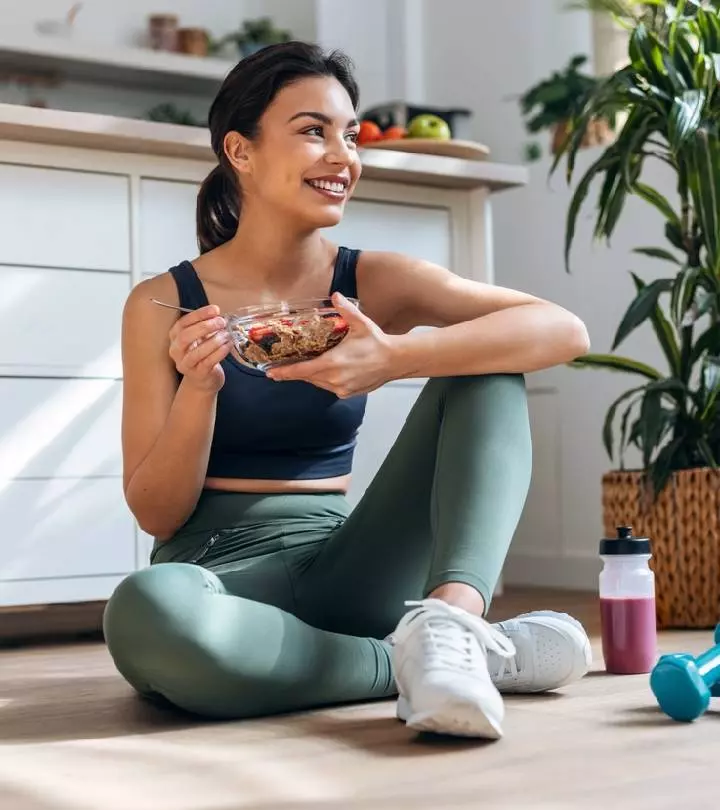


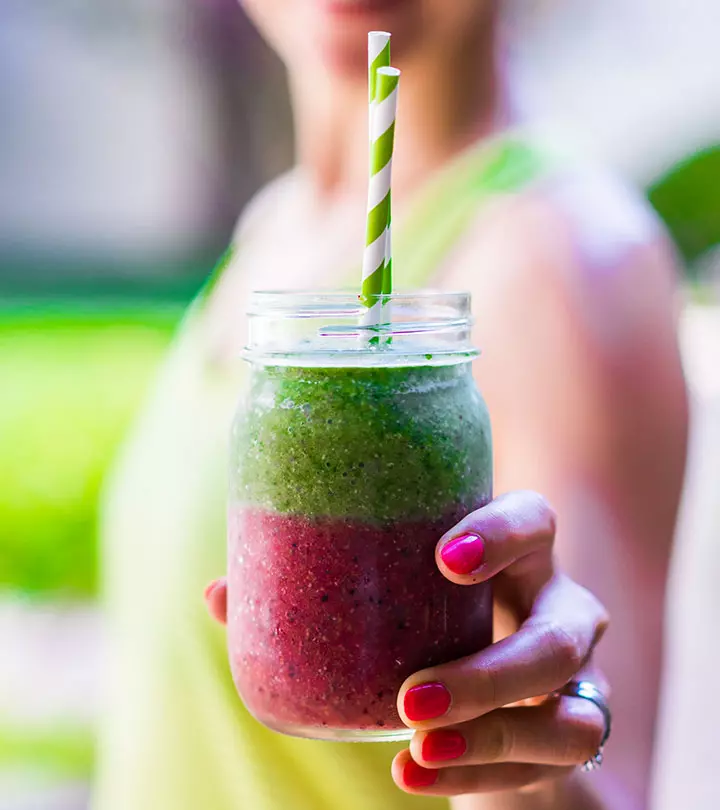
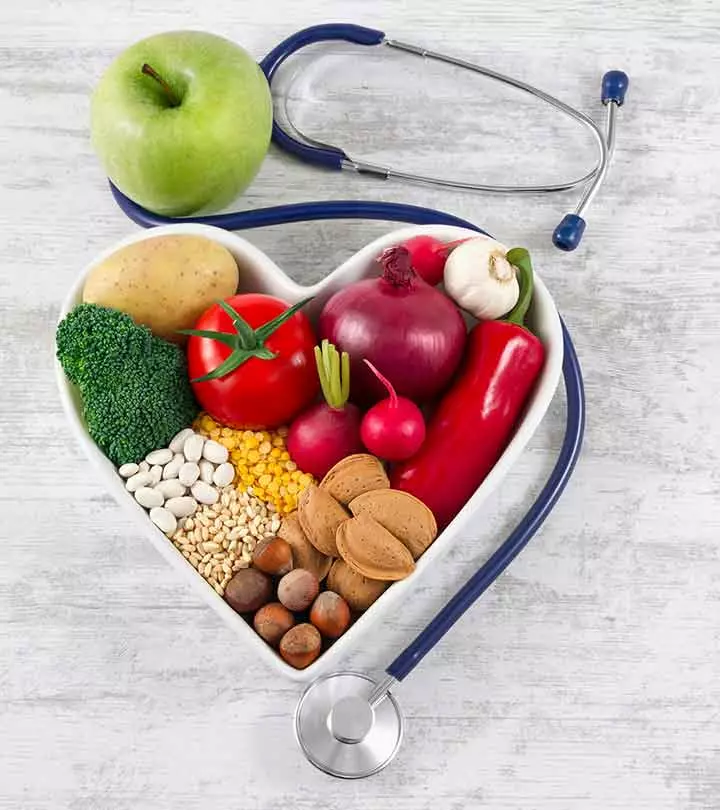
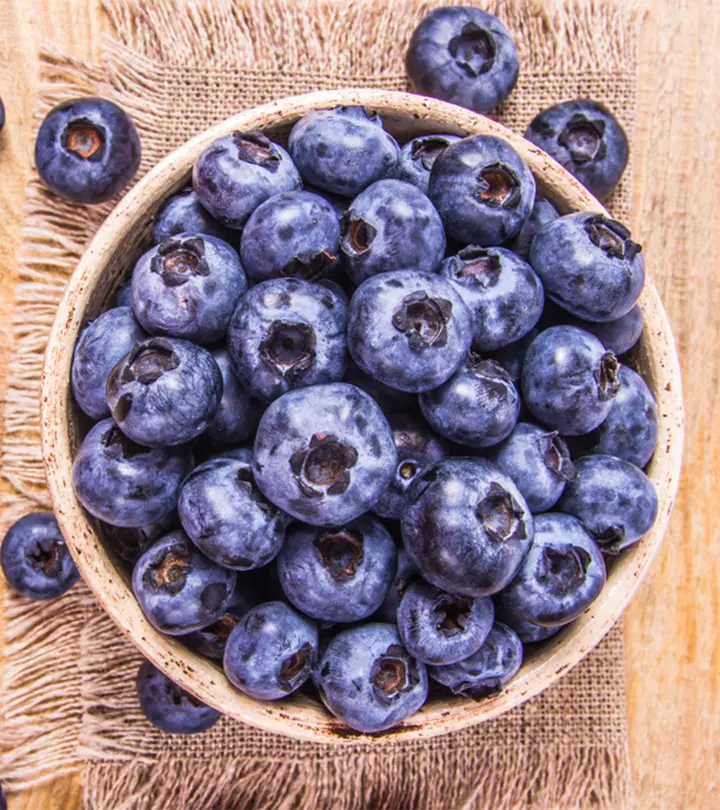

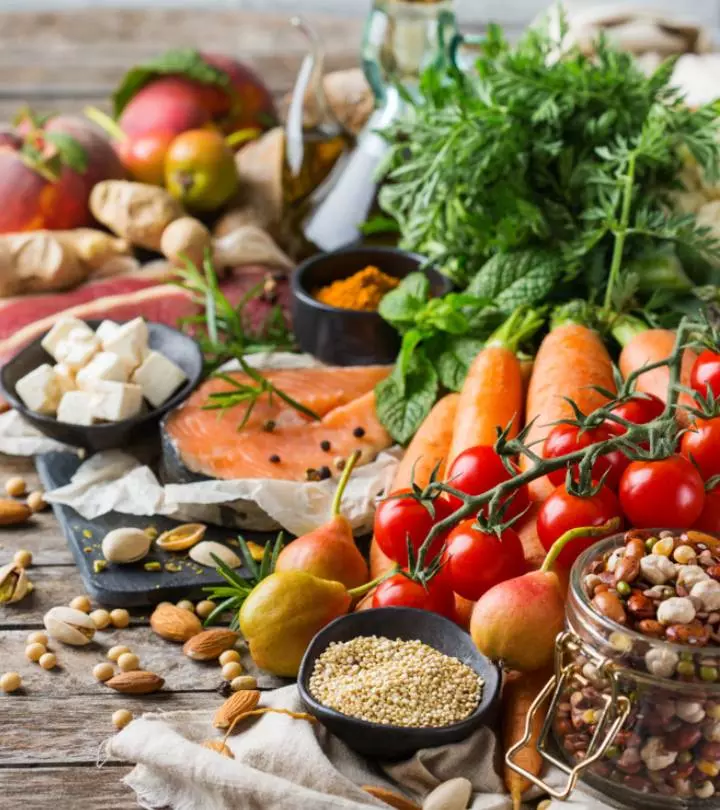
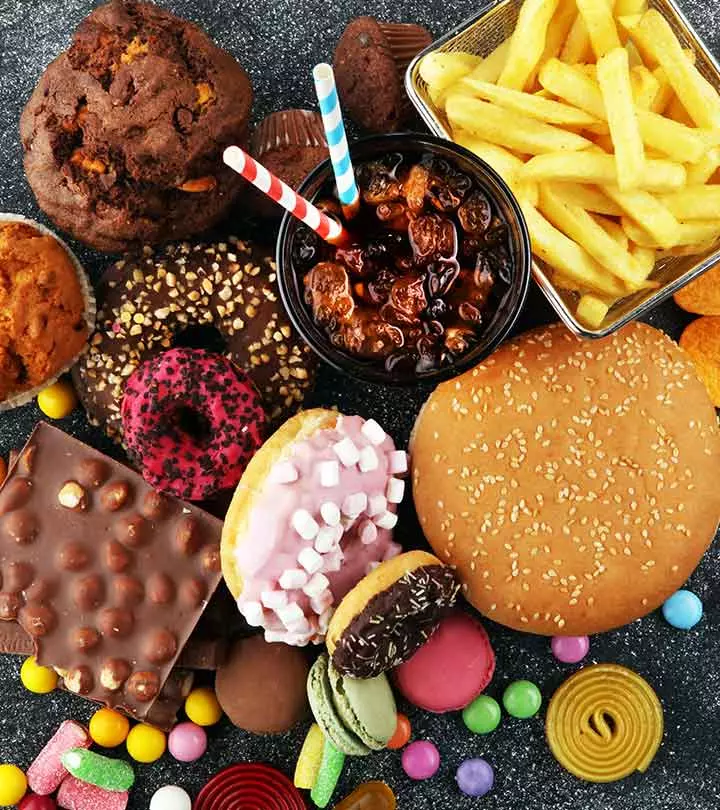

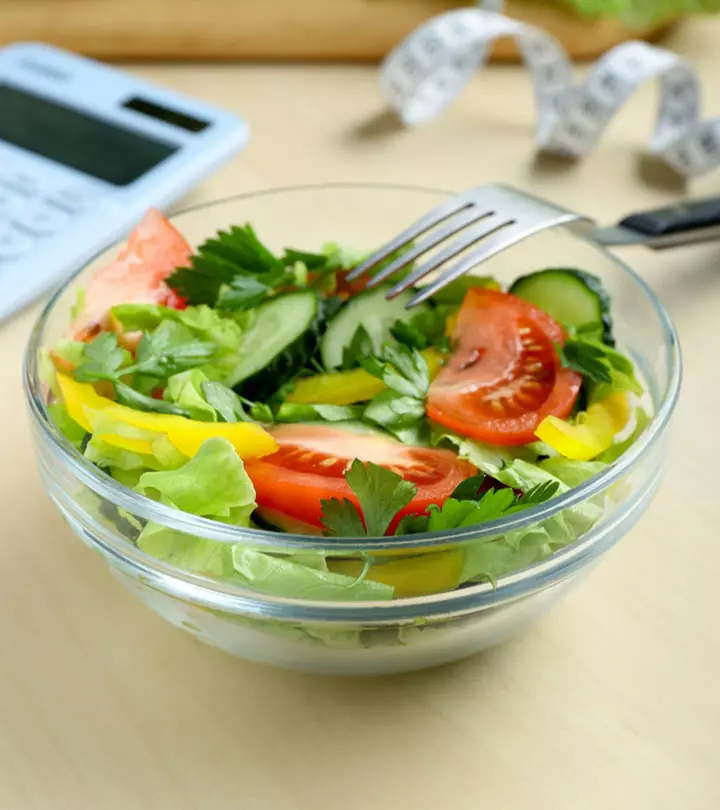
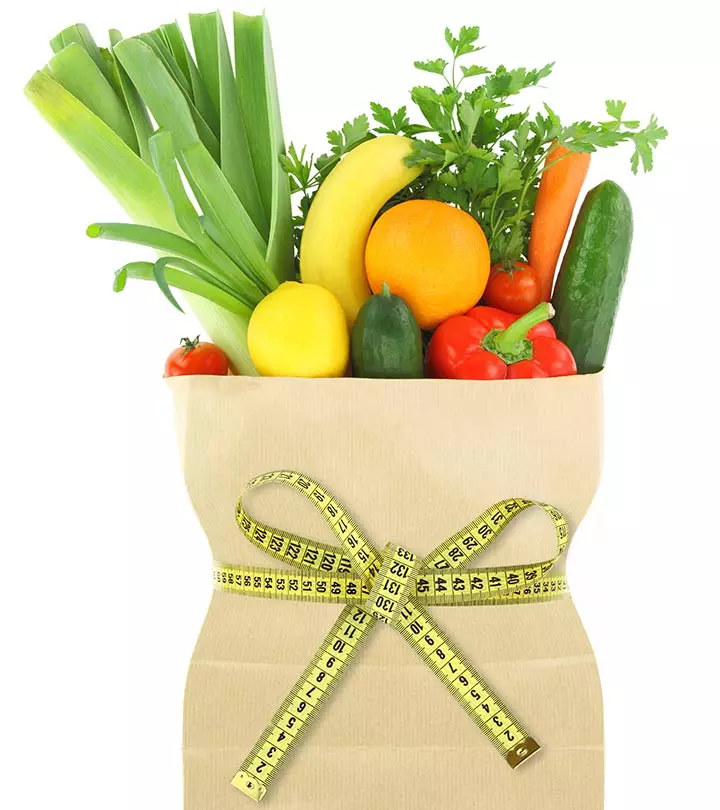
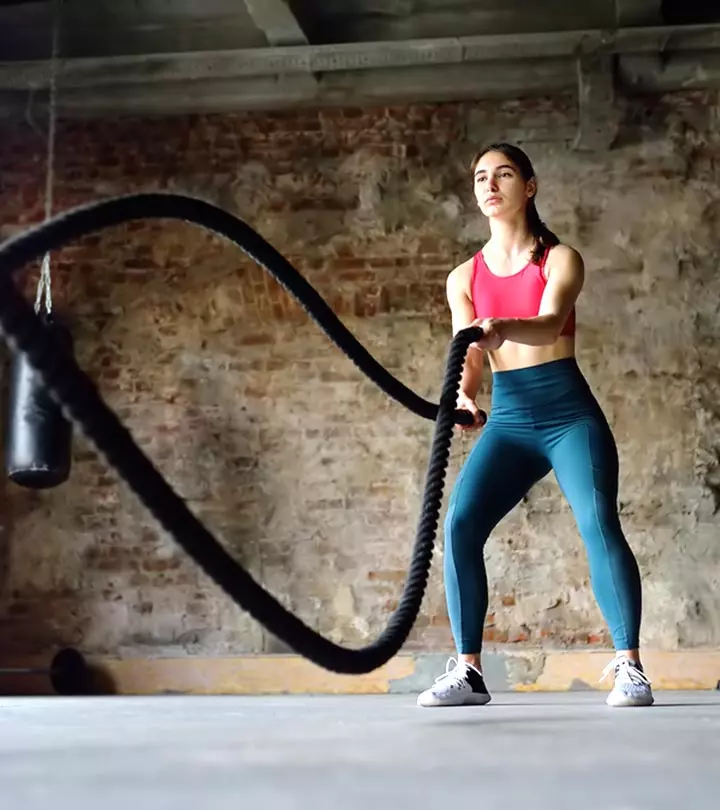

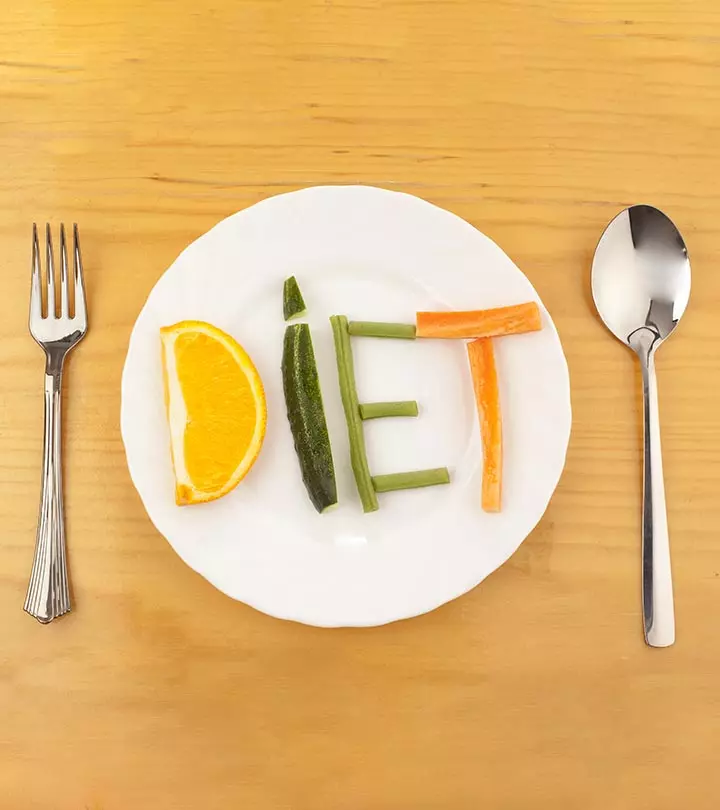

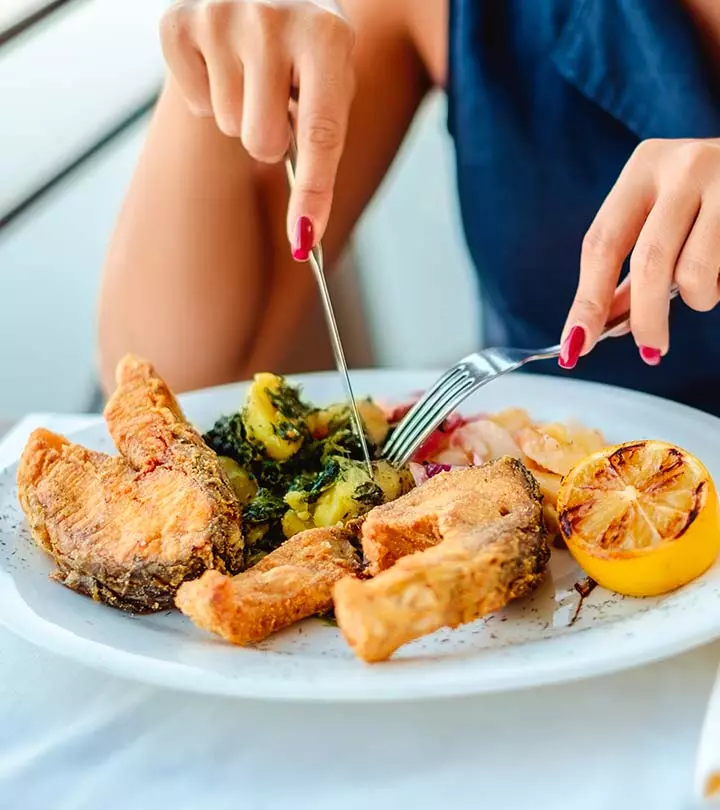
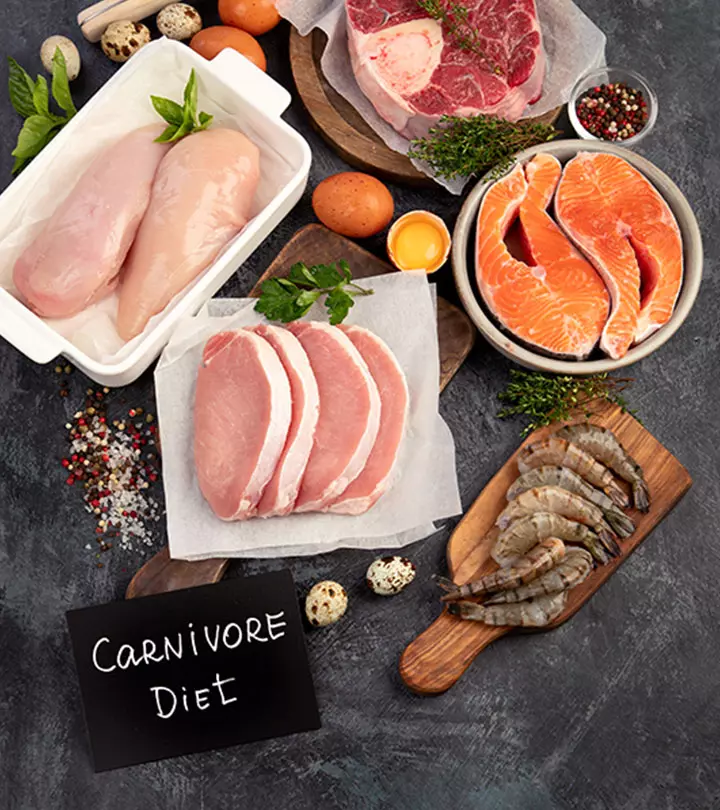
Community Experiences
Join the conversation and become a part of our empowering community! Share your stories, experiences, and insights to connect with other beauty, lifestyle, and health enthusiasts.